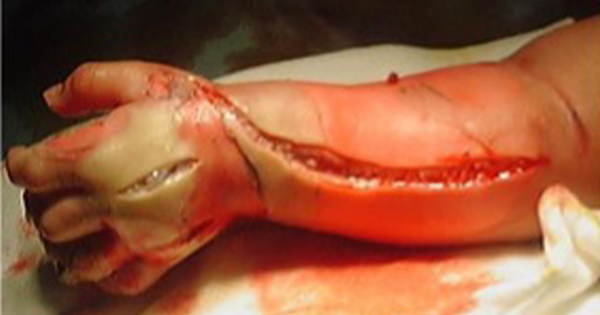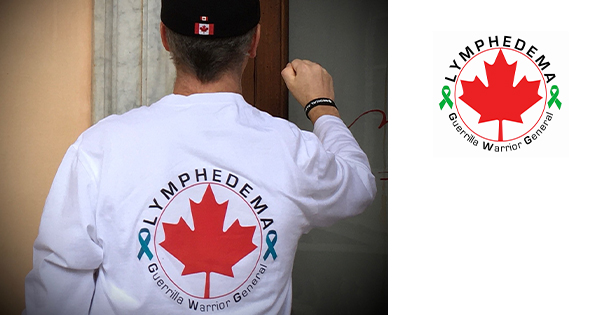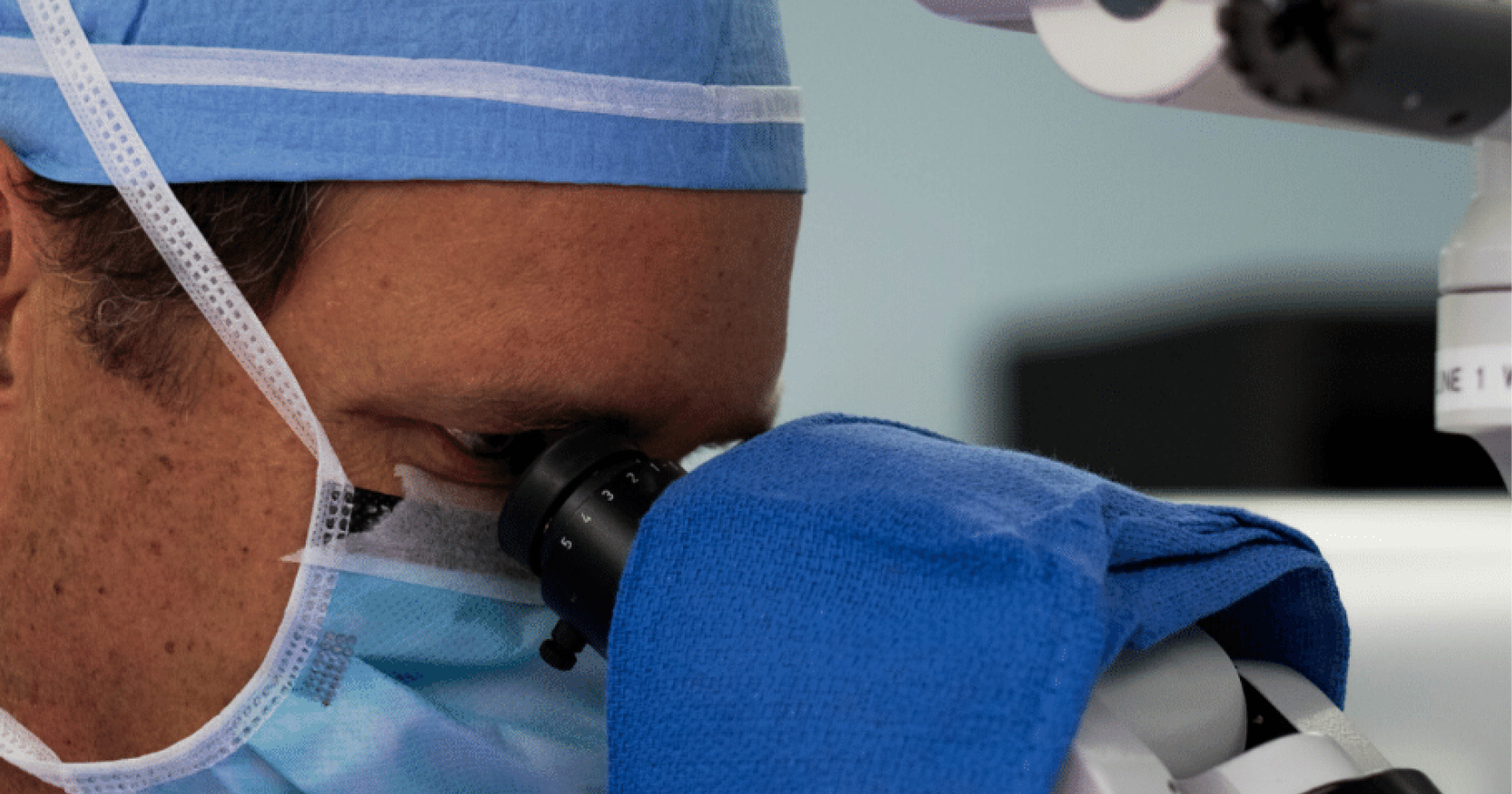Lipoedema, or adiposis dolorosa, is a common adipose tissue disorder that is believed to affect nearly 11% of adult women worldwide (Buck and Herbst, 2016). It is characterised most by disproportionate adipocyte hypertrophy of the lower extremities, significant tenderness to palpation, and a failure to respond to extreme weight loss modalities (Buck and Herbst, 2016).
Lymphoedema is an accumulation of excessive amounts of protein-rich fluid in the tissue that results in swelling of one or more areas of the body. It usually affects the limbs, although the trunk, breast, head and neck, or genital area may be affected.
Both conditions can severely impact patient well-being. Lack of understanding and awareness of these chronic conditions often leads to misdiagnosis, making accurate estimates of prevalence difficult. This may lead to hospitalisation and/or surgery, due to complications such as cellulitis, and adds to the financial burden for both patients and healthcare systems.
Conservative treatment of both conditions can be effective. This includes lymphatic support, such as complete decongestive therapy.
Previous studies have shown that manual lymphatic drainage (MLD) has an effect on limb reduction and improvement in quality of life for people living with lymphoedema (Kim, 2014; Keser and Esmer, 2019). So far, no studies have been carried out to examine the effectiveness of MLD in combination with bio-electric massage therapy (BMT) for lymphoedema and lipoedema.
Transcutaneous electrical nerve stimulation (TENS) is usually used for pain relief of musculoskeletal issues. It is delivered by a small device that causes muscle contraction by stimulating α-motor neurons. The electrical impulses may help relieve pain and relax muscles.
BMT uses a TENS machine, such as the ABMMA Pro, but in a slightly different manner than for musculoskeletal problems. Instead of the TENS pads being only on the patient’s body, the therapist also wears a pad or stands on a conductive mat. They can control the direction and strength of the electrical current that is being transferred to the patient’s body through the therapist’s hands (Kang et al, 2015).
During BMT treatment, the therapist stands on a conductive mat, which is a silicone mat with a damp towel and a conductive pad placed under the towel.
In this case study, we explore the use of non-invasive treatment methods, including MLD and BMT, in the treatment of lipoedema and lymphoedema.
Case presentation
A 41-year-old woman was diagnosed clinically with chronic bilateral lower-leg lipoedema and lymphoedema.
She has had the condition for as long as she can remember, since childhood. It became progressively worse, and for the last 4 years she had been unable to bend her left knee or walk even short distances (100 metres).
After her initial diagnosis, she was treated with a ketogenic diet and 2-weekly physiotherapy/acupuncture for lymphatic drainage for 6 months. The client had found no improvement or relief in her symptoms.
Wearing compression garments was intolerable because off-the-shelf round-knit compression garments were ill-fitting and painful, and she could not afford custom made flat-knit garments.
The patient presented to our clinic in February 2023. On examination the skin on her legs was dry, had enlarged pores, and was hard and fibrotic. She had a severely restricted range of movement. She had been unable to walk 10 metres in the last 4 years due to the swelling and pain in her legs.
She was unable to bend her knees more than 15°. This was having an impact on her quality of life. She was unable to attend paid employment more than 4 hours per week. Her other significant medical history included chronic psoriasis, spondylarthritis, asthma and coeliac disease. Bio-impedance analysis using a seca mBCA 555 (seca, Hamburg, Germany) showed her to be in normal visceral fat range.
The patient appeared to be depressed and lacked motivation, saying “nothing seems to work” and that she had “tried everything”, including various weight loss diets and exercise routines.
Methods
Treatment
For our sessions, we planned a course of treatment that would use MLD with BMT, with the primary aim of reducing limb volume and discomfort/pain.
It was decided to use 1 hour of bio-electric massage using the Casley-Smith method of MLD, following clearance of supraclavicular nodes, axillary nodes, inguinal nodes and deep breathing technique.
Two 1-hour sessions were scheduled, with a follow-up session a week later. The first two sessions were 2 days apart to take advantage of the cumulative effects of MLD and BMT. The patient was then given five further sessions, each approximately a week apart.
The ABMMA Pro BMT device operates at two frequencies, high (50Hz) and low (12.5 Hz). Amperage can be controlled from level 1 to 40. For this case study, the low frequency at level 10 (4.53 mA) was used.
With the patient supine on the treatment table, pressure was applied to supraclavicular nodes, followed by pressure to axillary nodes on each side. [AQ11] The patient then performed three diaphragmatic breaths before pressure was applied to the inguinal nodes.
A pad (Figure 1) was applied with conductive cream on each of her lower lateral buttocks.
Using the bio-electric device, MLD was applied, using the Casley-Smith method (Casley-Smith and Casley-Smith, 1994). Massage started at the top of the legs, moving lymph towards the inguinal nodes. The gentle techniques used bring about changes in the tissue pressure and encourage lymphatic flow.
For the duration of the study, the treatment was performed in the supine position only.
This course of treatment was expected to reduce the volume of the legs and increase the patient’s mobility.
Response to treatment
To measure the patient’s response to treatment, I measured changes in the size of her legs, recorded self-reported pain levels, quality of life and mobility. Photographs were taken before and after each treatment.
The size of the patient’s legs was quantified by measuring the circumference of each leg before and after each treatment (Figure 2). Measurements were made at four locations on both legs: the feet at the base of the toes, the ankles immediately above the malleolus, the calves 10 cm below the lateral epicondyle, and the thighs 15 cm above the lateral epicondyle. Circumference was measured using a tape measure while the patient lay supine on a massage table. Measurements of circumference (in cm) were transformed to reflect the cross-sectional area of the leg at each location (in cm2).
Results
Subjective outcomes
After the first treatment, the client was excited to be able to bend her knees again, in particular her left knee, which had been more painful. After the second treatment (day 3), the client called me in to the treatment room when she was putting on her shoes, as she wanted me to see that she had to adjust the buckles down a notch as the swelling in her feet had reduced so much. She also mentioned with much surprise, that she had increased sensation in her legs which had become “somewhat numb” over the years.
At her fourth appointment (day 17), the client told me that she had been grocery shopping and had walked her daughter from the car to the classroom that week. She mentioned that the treatment was “life-changing”.
At her fifth appointment (day 24) the client told me she had started going for walks again. Initially 400 metres, and then 1 km. The 1 km walk did “cause an inflammatory response” and she felt sore, but this eased over the next 2 day. She mentioned that she felt she now had a lot more energy.
The client noted that she used to sweat heavily (smelly and thick) in her groin, but this had resolved since the first treatment.
Over the course of the case study, the client became more optimistic about her condition and motivated to try more physical activities. She continues to manage her condition with regular MLD and BMT treatments and was encouraged enough by the results to commit to wearing compression garments.
The client commented that she experienced less pain during and after each treatment. Her mobility was also greatly increased.
Objective outcomes
Swelling showed fluctuating changes, but generally declined during most treatment sessions (Figure 3). The magnitude of the treatment effect generally increased with the circumference of each location along the legs.
Despite the reduction in swelling during treatment sessions, swelling increased in the order of 1–3% in both legs over the 52-day course of treatment (Figure 4). There was a noteworthy increase in swelling of the right ankle.
Discussion
This case study offers an example of how MLD with BMT can assist with improving and managing the limitations imposed on the musculoskeletal system, as well as the psychological limitations of lipoedema and lymphoedema.
Light touch pain receptors are activated by gentle skin movements and stop sending pain signals to the brain — the gate theory (Mendell, 2014).
The tissue pressure created by gentle MLD and muscle contraction via BMT, promote an increase in lymph movement.
MLD has been shown to reduce pain and inflammation (Kim, 2014; Keser and Esmer, 2019).
Non-invasive modalities such as MLD and BMT can be effective in reducing limb volume as well as pain and inflammation associated with lipoedema and lymphoedema. These methods offer an alternative to more invasive treatments, but it is important to work with a qualified healthcare professional who can provide an individual treatment plan to achieve the best outcomes.
Overall, excellent results were achieved in this case study. Due to the client’s mobility, there were some challenges due to the duration of the appointment times. More time would have been beneficial to allow the client to get undressed and dressed. This would have allowed more time for treatment. There was a slight variation in time taken for circumferential measurements at each appointment due to client mobility.
Although measurements were always taken of the same areas, it would have been more accurate to take measurements every 2 to 5 cm. Both the client and I noticed differences in circumference just above where we took measurements for the ankle, and around the knee area. This was not always reflected in the areas we measured.
This case study showed that the use of non-invasive multi-modal treatment methods of MLD and BMT in the treatment/management of lymphoedema and lipoedema can be useful in obtaining reduction in the limb volume and improvement of quality of life for people living with this condition.
Results of this case study showed reduction in volume of limbs, as well as texture changes and positive effects in symptom-related outcomes.
Conclusion
This case study highlights the need for further experimental studies and research on the effectiveness of MLD with BMT in lymphoedema and lipoedema.







